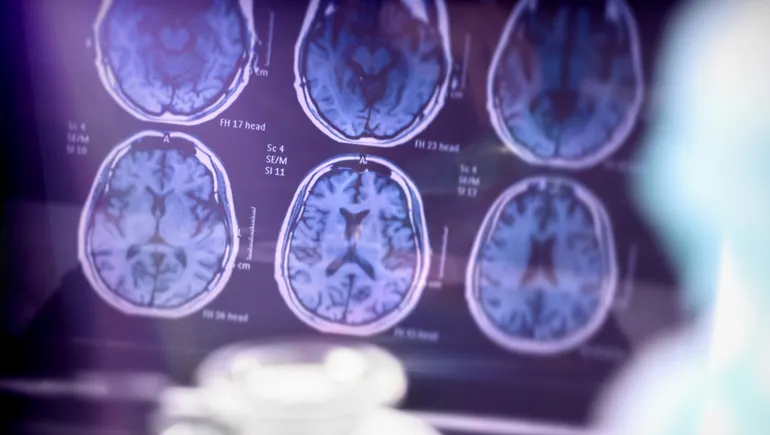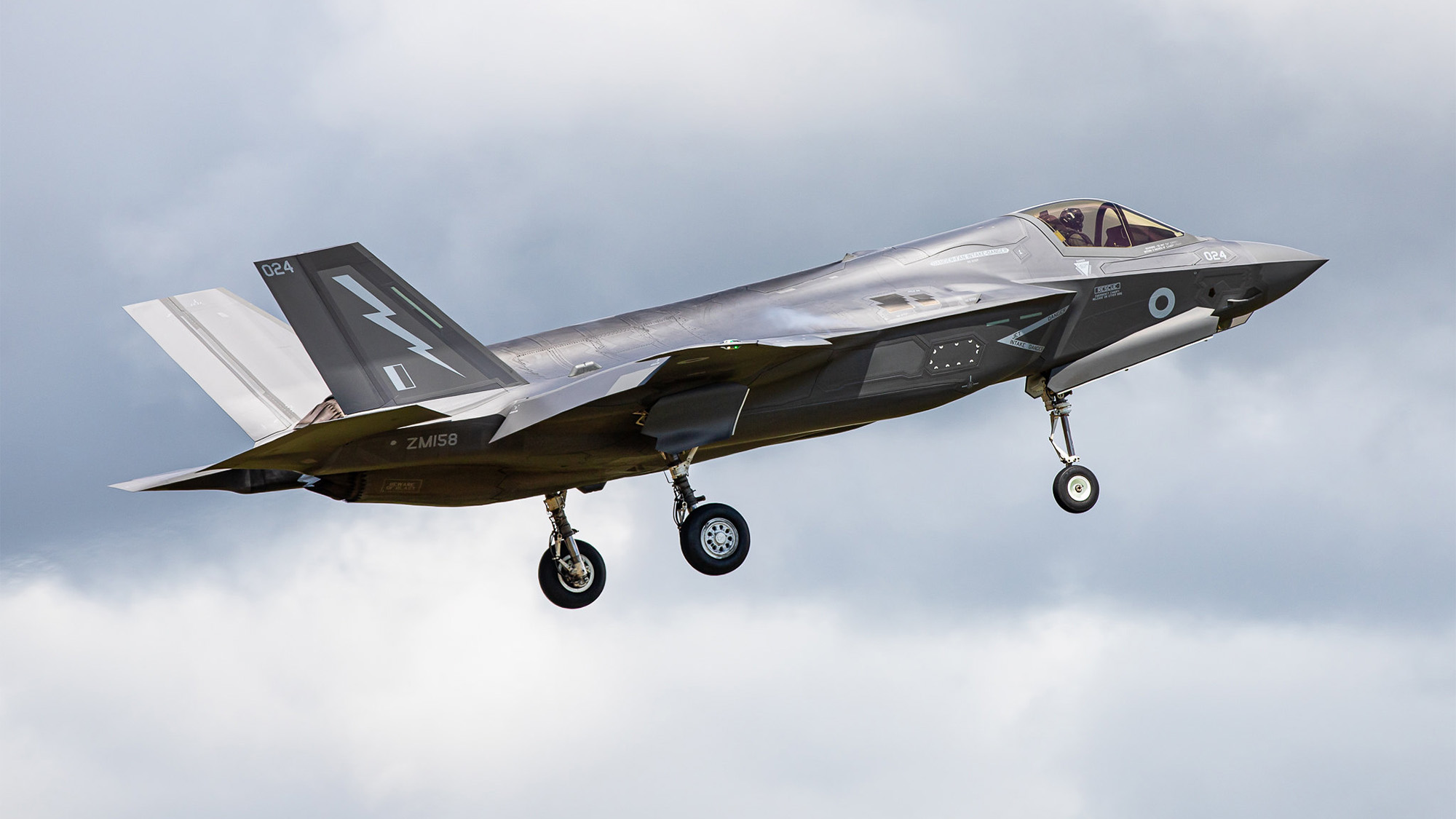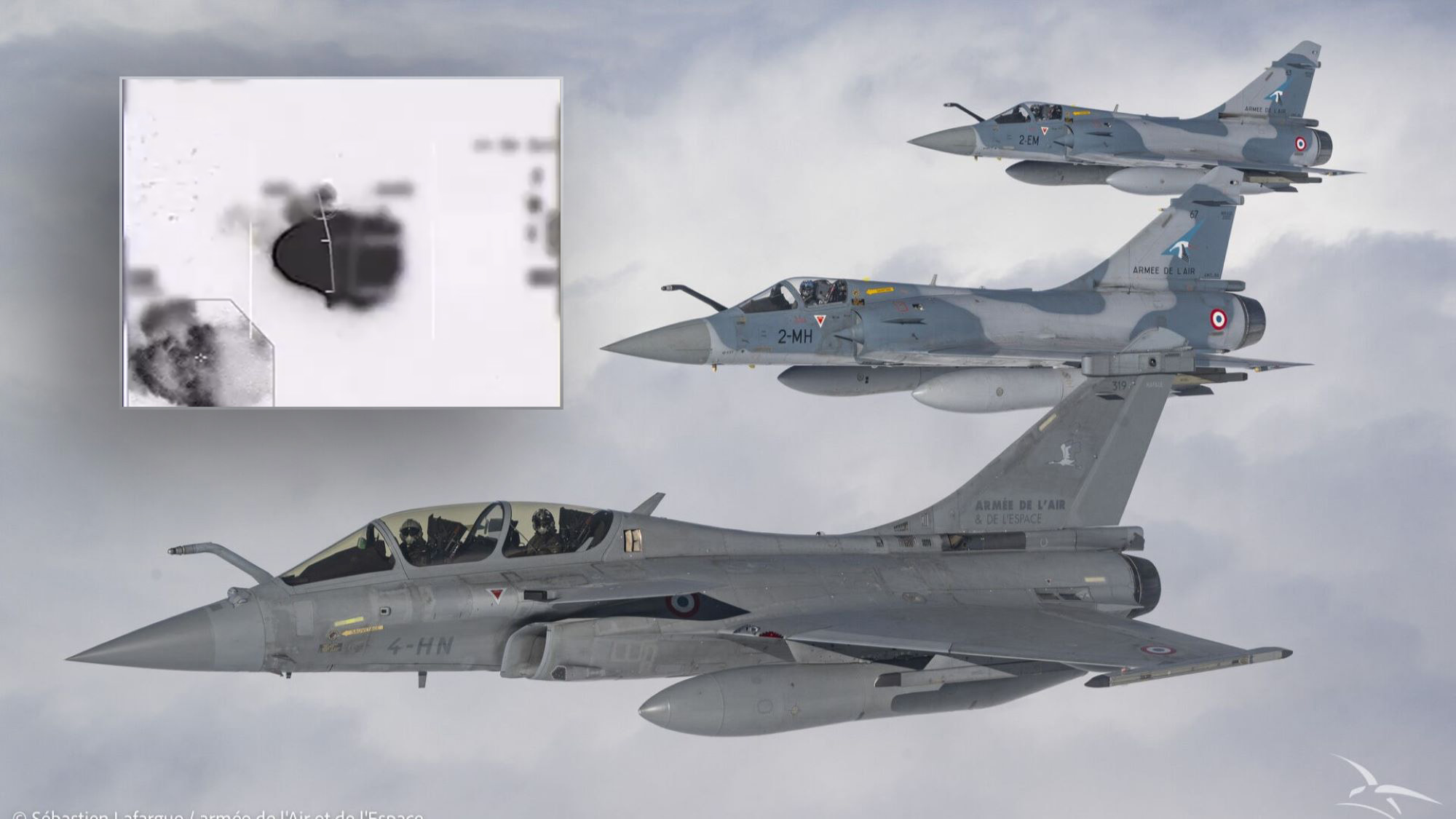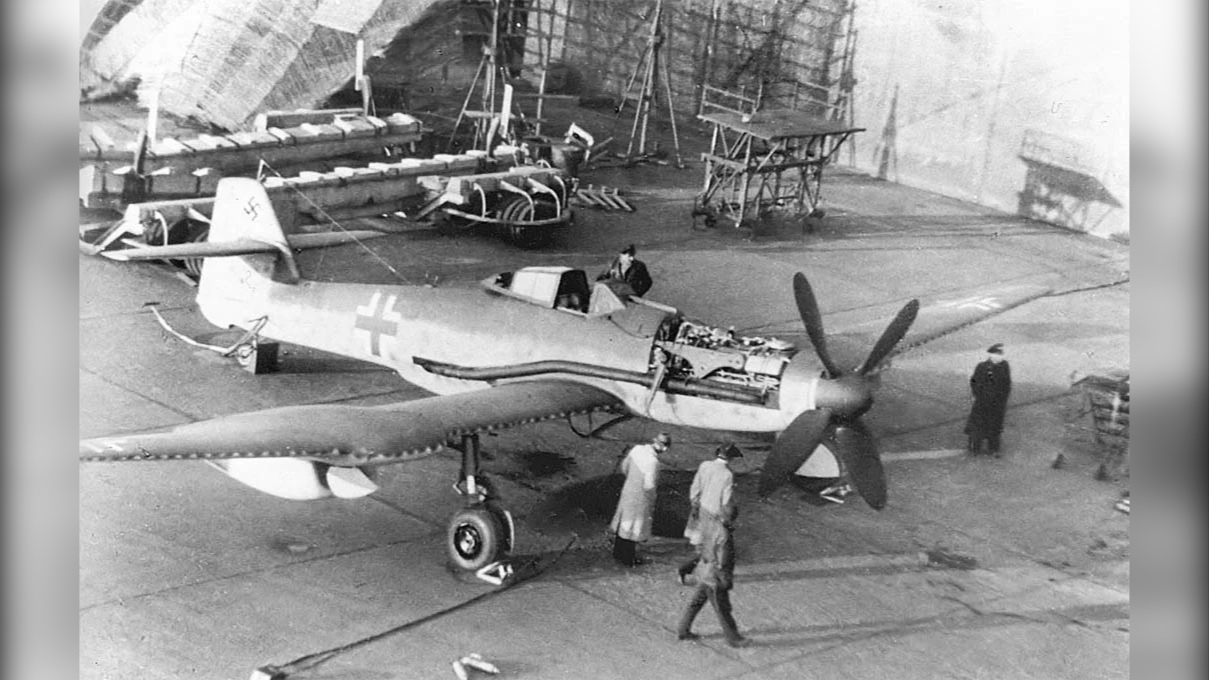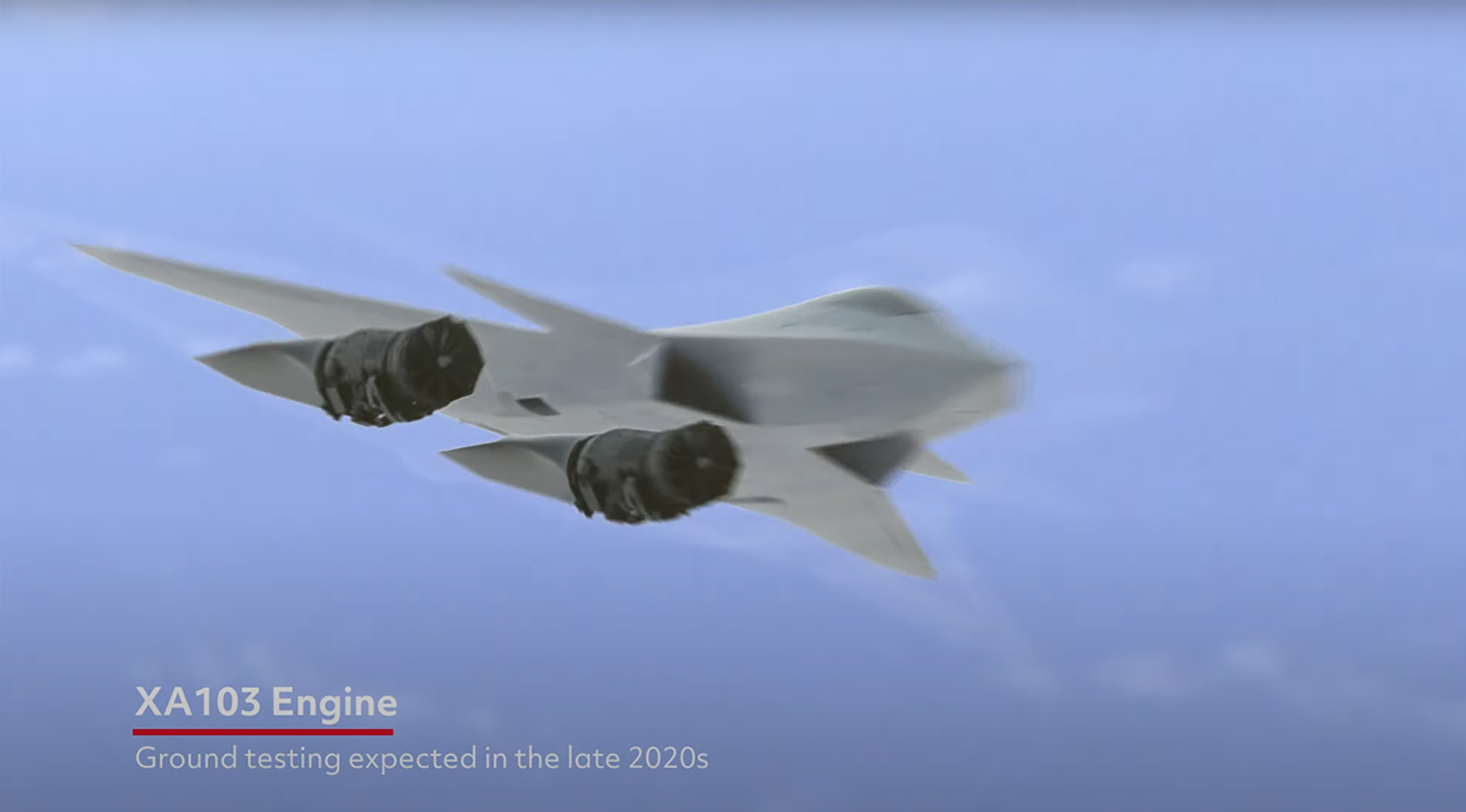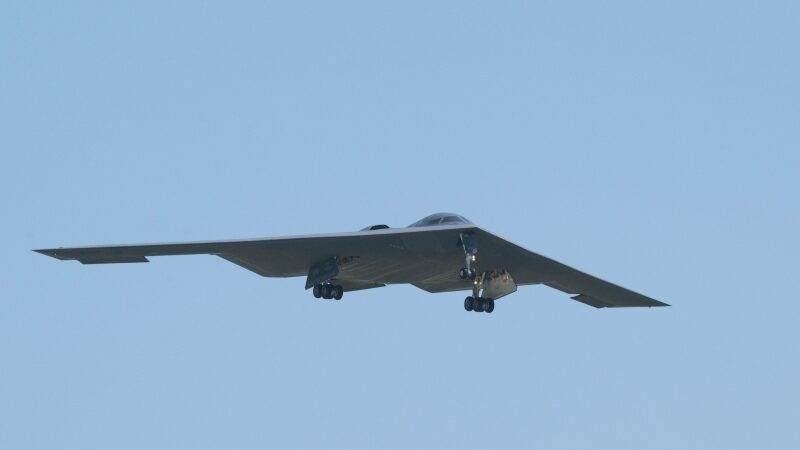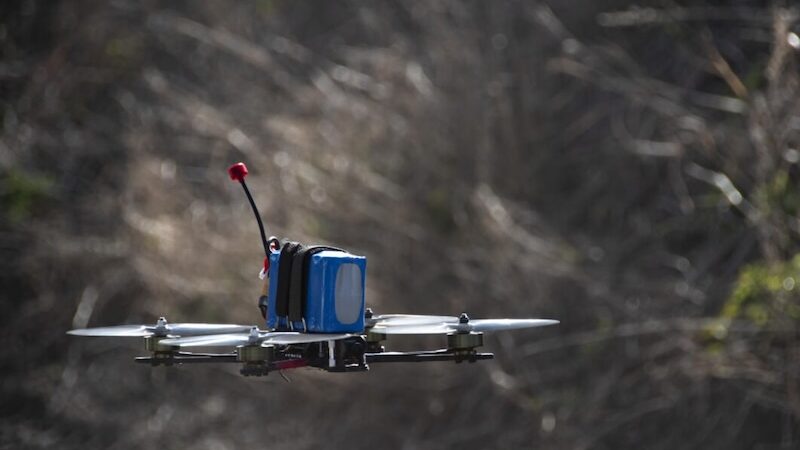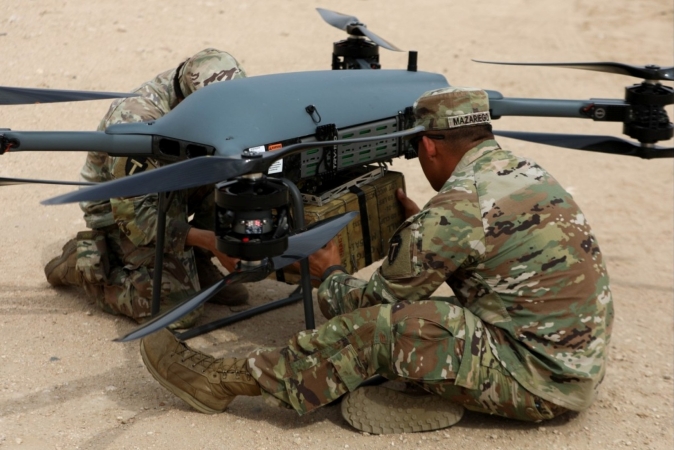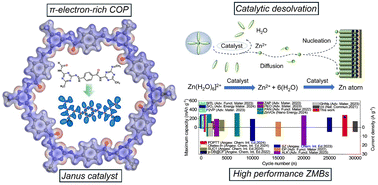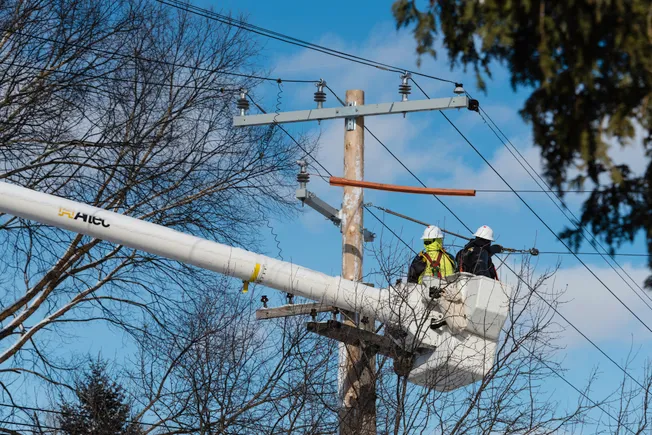CIA: fresh evidence shows Iran’s nuclear program was ‘severely damaged"
The claim follows reports of a DIA assessment that had determined the program was set back by only a few months.

“CIA can confirm that a body of credible intelligence indicates Iran’s Nuclear Program has been severely damaged by the recent, targeted strikes,” agency director John Ratcliffe said in a Wednesday statement. “This includes new intelligence from a historically reliable and accurate source/method that several key Iranian nuclear facilities were destroyed and would have to be rebuilt over the course of years.”
The remarks were released a day after CNN and others reported that the Defense Intelligence Agency had assessed with "low confidence" that the strikes had set back Tehran’s nuclear program—which includes more than the three facilities struck on Saturday—mere months, undercutting administration claims that it was “obliterated” by the operation.
The CIA did not release evidence to support their statement.
“CIA continues to collect additional reliably sourced information to keep appropriate decision-makers and oversight bodies fully informed. When possible, we will also provide updates and information to the American public, given the national importance of this matter and in every attempt to provide transparency,” added Ratcliffe.
The DIA report was a low-confidence assessment with information that was gathered just after the Saturday strikes began. It’s highly likely that DIA and other intelligence agencies are conducting more detailed analyses to build a comprehensive picture of Iran’s nuclear capabilities. Intelligence offices can sometimes draw different conclusions, depending on how long an analysis takes and what methods are used to collect information.
Director of National Intelligence Tulsi Gabbard backed Ratcliffe’s statement in an X post.
“New intelligence confirms what @POTUS has stated numerous times: Iran’s nuclear facilities have been destroyed,” she wrote. “If the Iranians chose to rebuild, they would have to rebuild all three facilities (Natanz, Fordow, Esfahan) entirely, which would likely take years to do.”
On Tuesday, the Institute for Science and International Security said residual materials are still on the table for use in future nuclear weapons production.
“It will be a long time before Iran comes anywhere near the capability it had before the attack. That being said, there are residuals such as stocks of 60 percent, 20 percent, and 3-5 percent enriched uranium and the centrifuges manufactured but not yet installed at Natanz or Fordow. These non-destroyed parts pose a threat as they can be used in the future to produce weapon-grade uranium,” said the blog post from Institute founder David Albright and Senior Research Fellow Spencer Faragasso. “Its infrastructure to build the nuclear weapon has been severely damaged. The time Iran would need to build even a non-missile deliverable nuclear weapon has increased significantly."
The Israeli and U.S. attacks on Iran’s nuclear and military targets are “probably not the end of the program, and certainly not the end” of Iran’s goals to acquire nuclear weapons, said Dan Shapiro, a distinguished fellow with the Atlantic Council’s Scowcroft Middle East Security Initiative and a former U.S. ambassador to Israel.
At the NATO Summit in the Hague, President Donald Trump acknowledged the initial DIA report.
“They said it could be limited or it could be very severe,” he said, referring to the high-level battle damage assessment. “They really didn’t know other than to say it could be limited or it could be very, very severe.”
Top administration officials are set to brief Congress on Thursday about the damage to Iran’s nuclear program. Notably missing will be Gabbard, who previously testified that Iran was not building a nuclear weapon.
The Financial Times reported Thursday morning that early assessments conclude Iran’s highly enriched uranium stockpiles remain largely intact, citing European officials.
Defense One Air and Space Warfare Reporter Audrey Decker contributed to this report. ]]>

































































